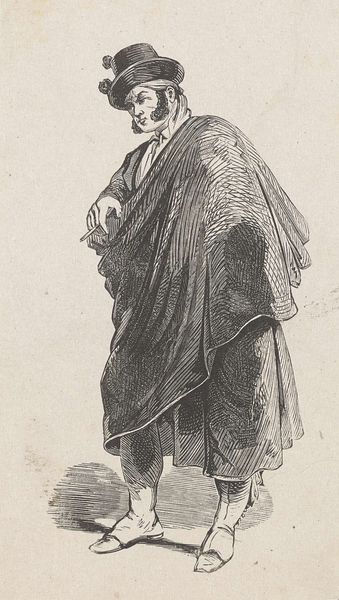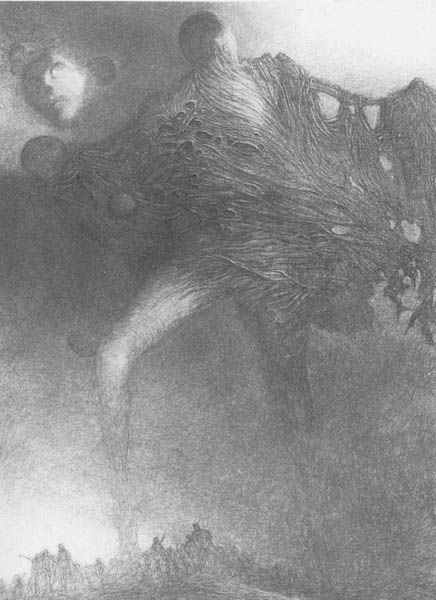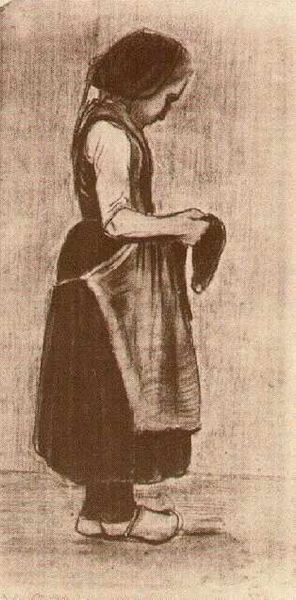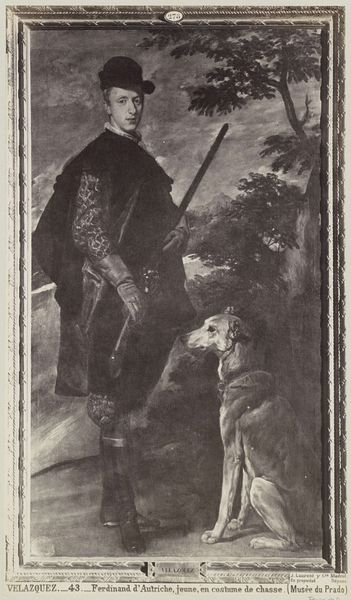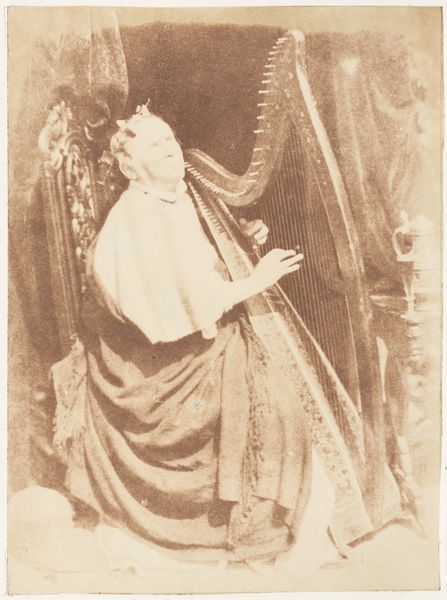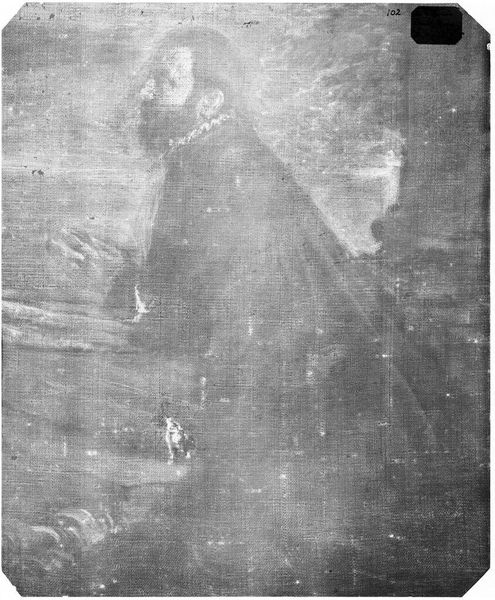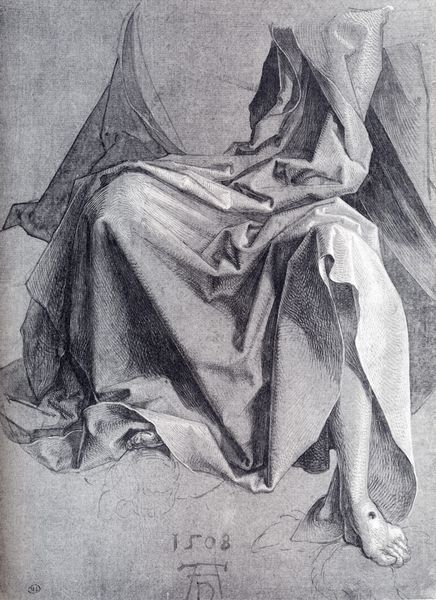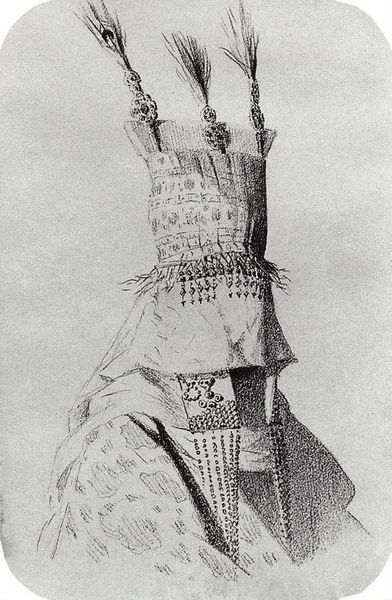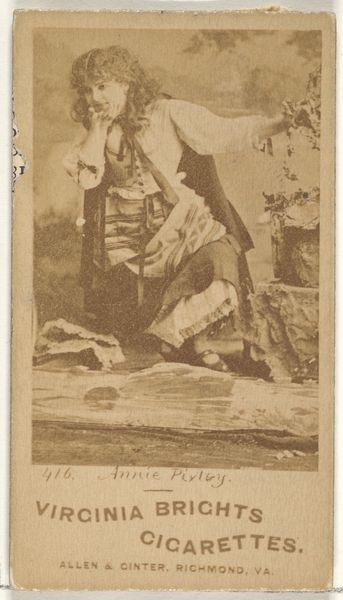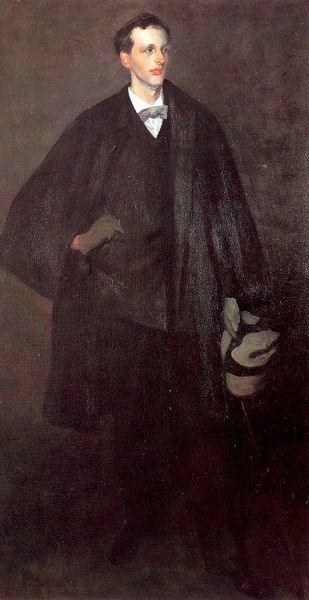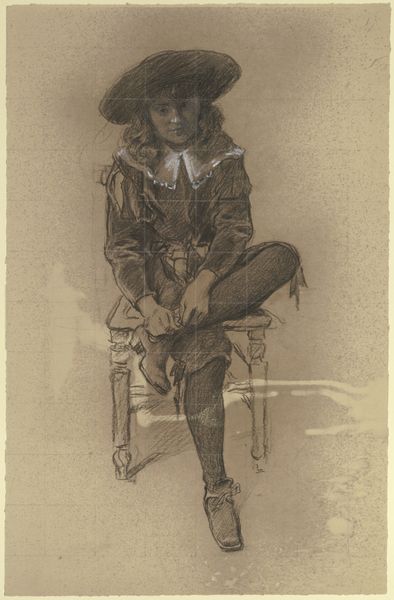
drawing
#
drawing
#
figuration
#
history-painting
#
monochrome
#
monochrome
Copyright: Public domain
Editor: Here we have "Bezalel, as in Exodus 31," a drawing by James Tissot. It's monochrome, and the figure has this really pensive, almost troubled look about him. I'm curious, what do you see when you look at this piece? Curator: Well, immediately my eye goes to the tools and the implied process. Tissot depicts Bezalel not as a divine receiver of inspiration, but as a craftsman immersed in the nitty-gritty of creation. Look at his garments – the apron, the carefully decorated textile wrapped at the waist; these point to specific techniques, the materials he works with, maybe even the status conferred by his skill. It really grounds a Biblical narrative in the reality of labor. What do you make of that box down there? Editor: I noticed that too, it reminds me of a treasure chest; and makes me consider if Bezalel sees his artistic labor as being about treasures or luxury. Curator: Exactly! Consider the economic systems supporting even sacred craft. Someone procured those materials. Someone trained Bezalel. His labor has inherent social and economic implications. How does viewing art this way, moving away from, say, the artist’s individual genius, change your perspective? Editor: It makes me realize how connected artistic creation always is. It's not just inspiration from the artist but collaboration and contribution of entire supply chain and the society around them. Thanks! Curator: Precisely. Looking at the art and craft and their social life is a potent antidote to isolating art as this rarefied experience, revealing it, instead, as fundamentally rooted in collective existence.
Comments
No comments
Be the first to comment and join the conversation on the ultimate creative platform.
